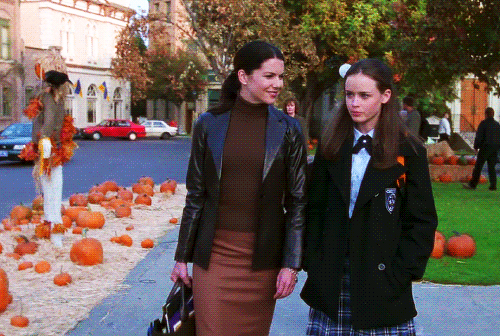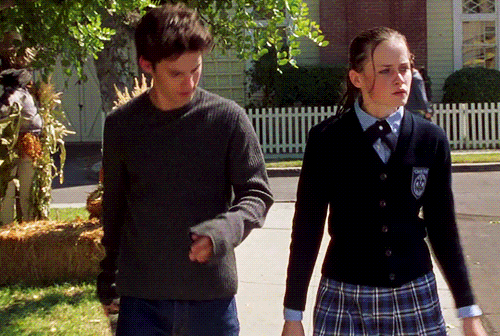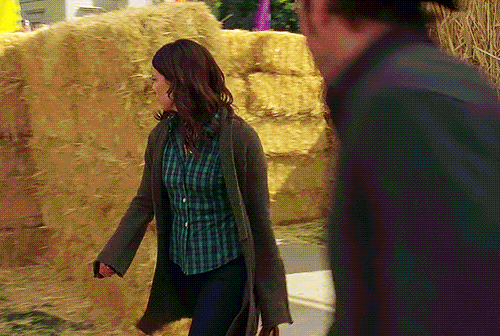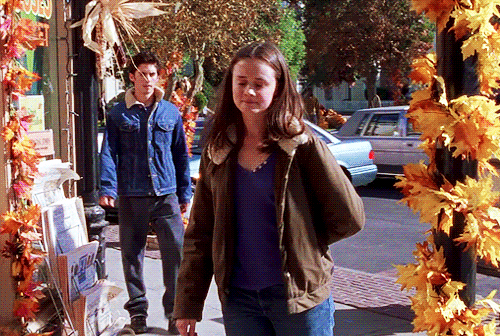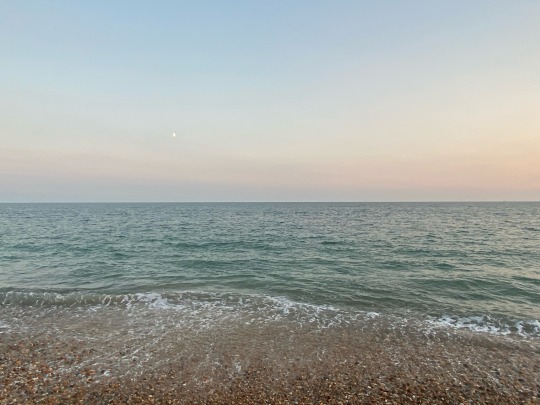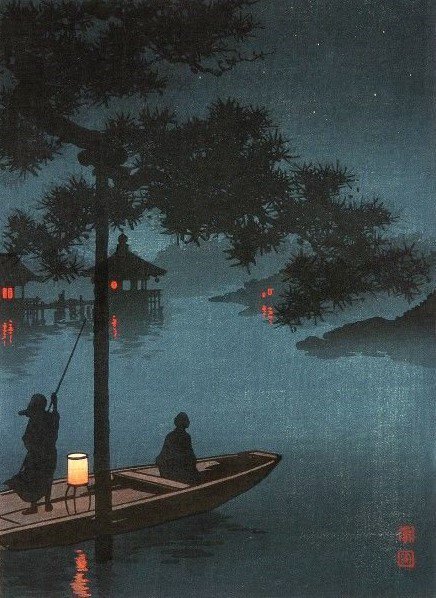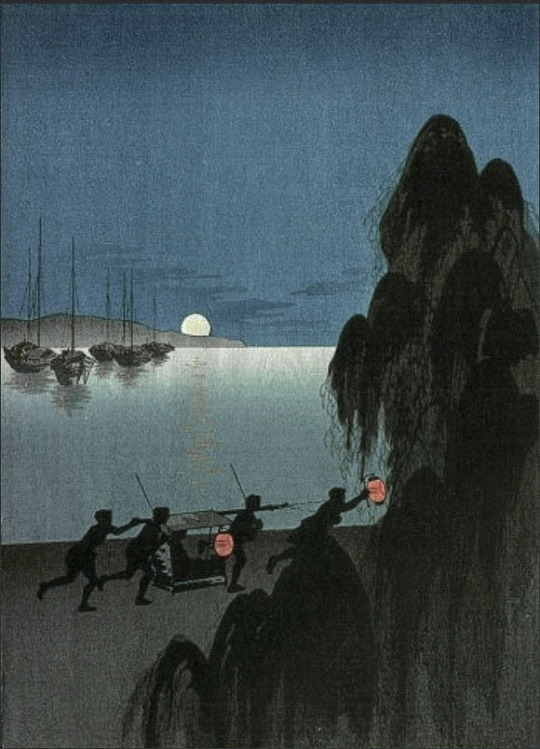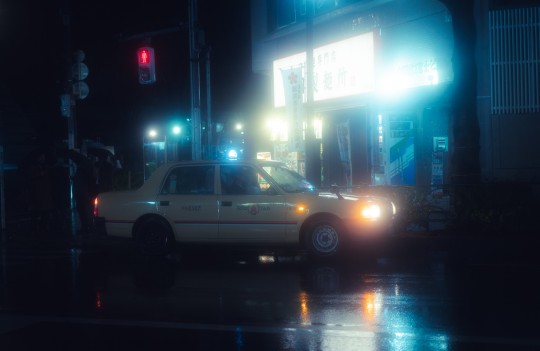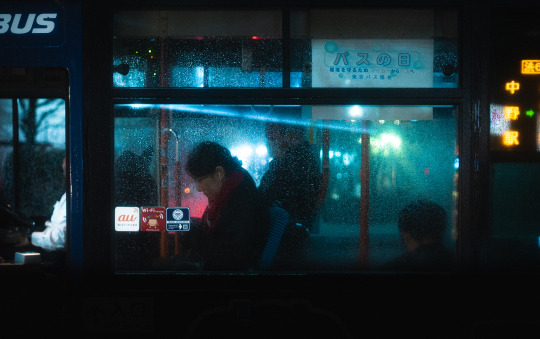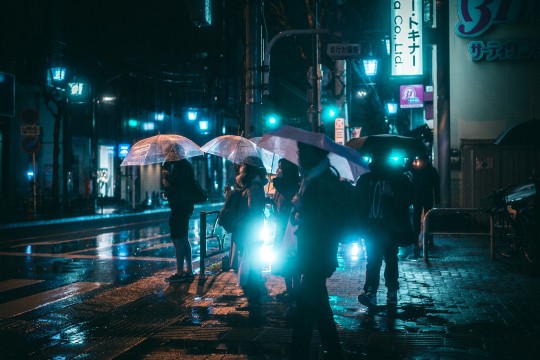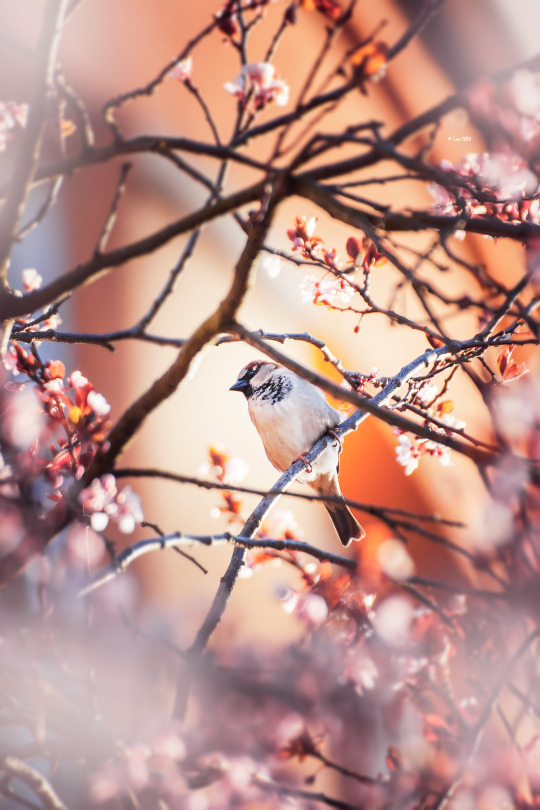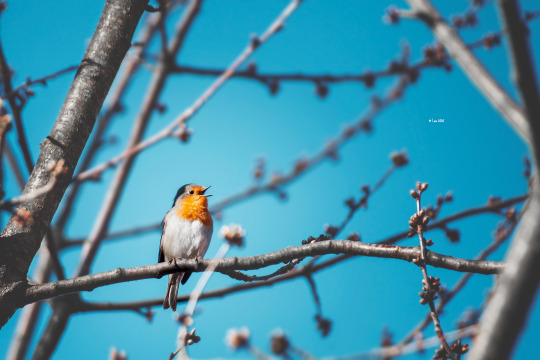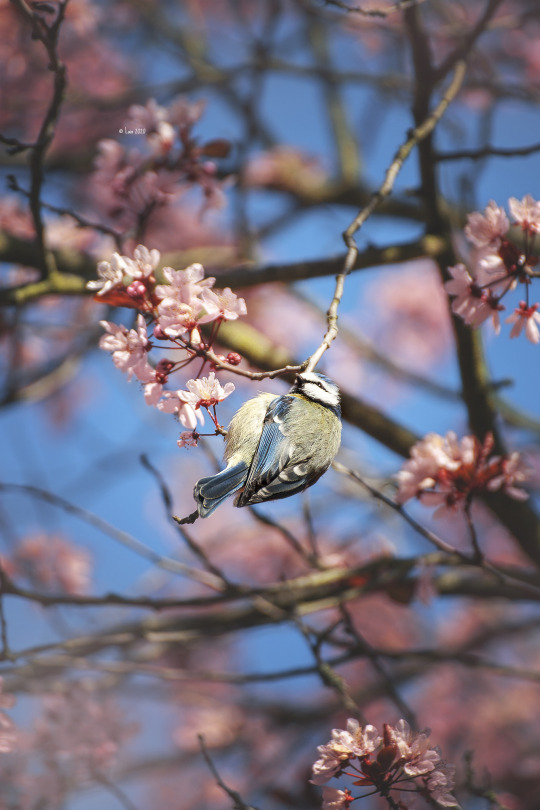Text





3 notes
·
View notes
Text
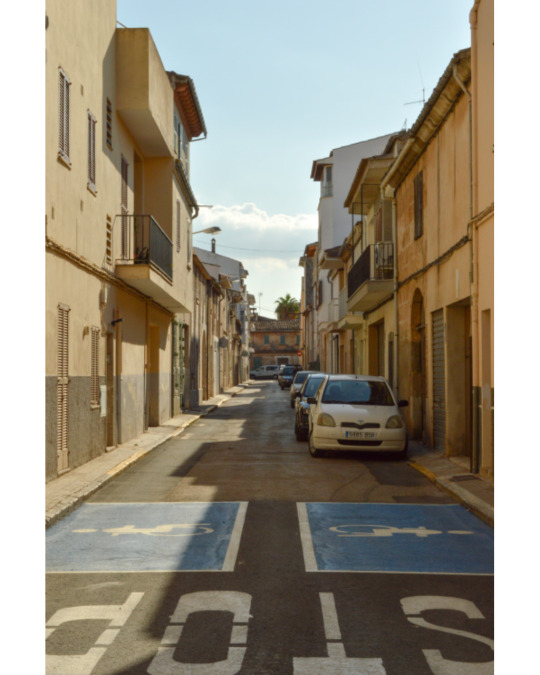

1 note
·
View note
Text

0 notes
Text

#photography#Impressionism#reflection#nature#landscape#landscape photography#mine#black and white#blackandwhitephotography
4 notes
·
View notes
Text


‘As long as you write what you wish to write, that is all that matters; and whether it matters for ages or only for hours, nobody can say’ - Virginia Woolf, a room of ones own.
#Impressionism#blackandwhitephotography#impressionismphotography#nature#black and white#nature photography#anggyy#camera#mine
0 notes
Text
The lovely Bones - Book Review
T/W - death (+ Spoilers)
At the risk of sounding pretentious, I want to start this review by telling you that I, when it calls for it, judge art by the level of emotion it evokes from me. For example, black and white, Robert Pattinson and William Defoe starring film: The Lighthouse - I hate it. I hate it in the way it makes my skin crawl and my head ache, but I also value it in the way it makes my skin crawl and my head ache - it makes me feel uncomfortable and, in my opinion, that means they’ve done something right. They’ve created something so visually and psychologically disturbing that it made me feel something, and it stayed with me for days. That’s a feat, that’s the goal of any creative mind, at least for me, to leave the viewer or reader with a feeling so strong it stays with them and makes them think, contemplate values, morals or knowledge they previously held - or introduce new ones. Obviously, there are exceptions - art for arts sake, books for mindless indulgence - but books like The Lovely Bones are not meant for this. The lovely bones has a purpose, and it does a similar, if not the same thing, as The Lighthouse. The purpose: giving a voice to grief.
There are many moments in this book which brought out a strong reaction in both me and thousands upon thousands of other readers. For one, the graphic description of what is done to Susie by her neighbour Harvey in the opening chapter. The immediate pathos it pulls from the reader immerses us into her world. And then, after a few hundred pages packed with grief, hurting and healing - the revenge arc found in most tales of grief and loss isn’t resolved; though the last lines, I found, brought me some closure: ‘Almost. Not quite.’ - it’s hopeful, it offers a future, a goal for Susie, a future she was robbed of. Unsettled by the reality of the situation - the truth in this tale, we know that these events are not fiction, and through the character may be fake, her story is all too real to families all over the world - and the role of Harvey is synonymous with the forever unknown faces that haunt them. The feeling of loss is formed by continuous exposure to the relationships the neighbour robbed the Salmon family and friends of - Lindsey loses a sister, parents lose a daughter, the dog an owner, Ray a love interest and so on. A morsel of revenge is taken in the nature of his death:
‘I always chose the icicle: the weapon melts away’. ‘A moment later the icicle fell’
And to some this revenge feels tenuous, and that’s where the unsettled, frustrated feeling comes from after finishing Susie’s last words. (Although you could not argue that, with the books lore and the nature of Harvey’s character he will be ending up in whatever this universes alternative to ‘Heaven’ looks like). But to me revenge isn’t the focus of this novel, instead it’s trying guide the reader through the stages of grief - healing in rebuilding yourself after a death. The lack of revenge allows us to focus on the grief, and so the sadness of the reader is elevated - helped by the omnipotent-esque narrator of Susie who has an uncanny ability to observe all of life without herself being observed.
This brings me onto my first point. One of the common criticism I’ve found on this book and as an extension the film adaption (which, just to preface, I’ve only seen clips of) is Sebold’s interpretation of heaven or the afterlife being idealised. Whilst I can see how this is interpreted by some as phoney and a mimicry, a saccharine sweet glazing over something horrible, I personally see it as an entirely appropriate, human invention. Human nature is to try and make sense of traumatising and incomprehensible events - of which death is both in its highest order. A way of coping is to project our loved ones in a comfortable place - it’s comforting and can eventually bring us into our own defined place of peace. In the scheme of the book, knowing Susie is safe in limbo, or heaven, allows us to heal alongside her family - it’s not a pointless distraction from the reality of death, it’s a necessary mechanism for the mortal human to cope. As said by Sebold herself,
‘The living forms the dead, they hold their memories’
- we create the afterlife, we give it it’s meaning - so seeing this projection of life after death allows us to hold onto susie’s memories and keep her alive, as well as let her go. Knowing that we create our loved ones happily ever after is hard to accept and a lot to hold onto, so as humans we create a place for them to go; we can be free of the responsibility of looking after them. They’re in safe hands, and this is a place Sebold creates to help the grief of the fictional and real families alike.
From here comes another criticism - the lack of depth and intensity in the emotional tone and feeling. Whilst the heavy emotion from the events is intense for the reader, for example seeing Buckley learn about his sisters death, it’s almost as if Susie is frozen in limbo and seeing the world through a looking glass. There isn’t a whirlwind of intense anger or sadness attached to her - at least not explicitly spoken about. There’s the frustration from her character about being robbed of life experiences shining through her earthly observations, sure, but she doesn’t lash out; she seems subdued. I see how this could be interpreted negatively, and how this could bring some reader out of their immersion into her character, but whilst this book is so heavily about the dead, it’s equally about the living. We feel the livings heavy sadness and anger more than we feel Susie’s, which allows us to connect with them (as it’s them that, as readers, we can relate to the most). Whilst it gives the living the floor, it also emphasises Susie’s voice, we feel her injustice from her lack of voice - making us angry on her behalf. Her murderer robbed her of so much, including her connection to her family which she sees through a distorted, plastic film. I think any intense emotion would feel misplaced. Additionally, Susie obviously went through incredibly traumatic events, and in limbo, happiness (as it feels in the film adaption) feels wrong and artificial - jarring in the idealistic space the author has created. Removing Susie from the direct emotional line made me empathise with her more - forced me into seeing events from her perspective. And, as Sebold has said in interviews, this was her ultimate goal - to make these passed Children’s voices heard - the sea of children that die and get their voices taken away, this is for them.
So. Returning to my original point, this book is memorable. It might not be perfect: it might lack a revengeful plot, an emotional depth - but what it lacks in tumultuous storytelling it makes up for in character growth, theme and purpose. Though it might leave you feeling uncomfortable, unsettled - facing these feelings rather than avoiding them is, in part, really the purpose of this story. Processing grief necessitates acknowledging these feelings - as the characters end up doing, on their own journeys.
On that note, I’ll leave you with a (semi) uplifting quote:
“These were the bones that had grown around my absence: the connections-sometimes tenuous, sometimes made at great cost, but often magnificent-that happened after I was gone. And I began to see things in a way that let me hold the world without me in it. The events that my death wrought were merely the bones of a body that would become whole at some unpredictable time in the future. The price of what I came to see as this miraculous body had been my life”
Bibliography:
The lovely bones is scarier than we remember: video essay - Quality Culture
‘The lovely bones’ | So much for Pathos - The House That Jack Built
Book review: the lovely bones - Shayla Raquel
Here’s a link to the book by Alice Sebold if you’re interested in reading it and haven’t already :)
https://www.waterstones.com/book/the-lovely-bones/alice-sebold/karen-thompson-walker/9781447275206
3 notes
·
View notes
Text

0 notes
Text
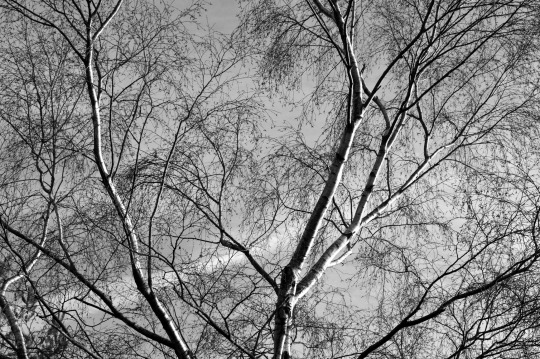
#photography#surreal#camera#blackandwhitephotography#blackandwhite#Nikon#nature#tree#photo#photoshop#bracketingexposure#landscape
1 note
·
View note
Text


#photography#birds#nature photography#nature#nikon#landscape#photo#colourphotography#colour#mine#photoshop
2 notes
·
View notes
Text
How Bong Joon Ho presents and explores class in Parasite (In context of his filmography.) (Spoiler Alert)
It doesn’t take a rocket scientist to see that the driving theme of Parasite is class, and for those of you unfamiliar with Bong Joon’s filmography, this isn’t out of left field for the Korean director. Although class is a prevailing theme in all his work, watching his films never feels tiresome; largely credited, I believe, to Bongs diverse approach to society and class as a whole, and the way he explores it from different perspectives from film to film. Parasite stood out to me in particular due to his use of the tools at his dispense to craft his commentary on class, namely cinematography, editing and architecture. He uses motifs, like light, and symbols, like the rock, to set up strict class contrasts.
To understand Parasite and how it presents class, it’s helpful to know the context of Bong’s filmography and how he presents this theme in some of his other films. In his 2013 film SnowPiercer, Bong tells the story of a united ‘lower class’ fighting through from the back of a train and towards the front, thus to the ‘upper class’. This film presents the class system as a construct you can climb – a social ladder, whilst also showing the ‘class solidarity’. The characters are all working towards the same goal, and they all have the class consciousness to know they’re at rock bottom, forcing them to become each other’s allies. The opposite can be said for Parasite; there is no class solidarity. And this is how Bong Joon explores the idea of class and comments on the strict structure of it within our society differently throughout his career.
Unlike the characters of SnowPiercer, the Kim family aren’t at rock bottom. They aren’t the lowest of the low, they aren’t on the last rung of the class ladder, they’re somewhere in-between. And this puts them in a position of hope. They’re not at the bottom end of a train, likewise they don’t live in a basement with no windows. They live in a semi-basement with a window looking out onto street level, creating a metaphorical and literal ‘window of opportunity’. They can see the light. It’s a glimpse into the hope that they aren’t so far underground they can’t even see the light. It’s a tease. The Kim’s position in Parasite blurs the lines of class that Bong Joon draws in SnowPiercer. In the second act of the film, the surprise third class is revealed, and the lack of class solidarity is fully realised in this moment in the basement – that notably has no windows, thus no hope. There is a lack of understanding, a fight between the poor and the poorer. Again, this is another recurring theme of Bong Joon’s work; the 2009 film Mother doesn’t have the obvious contrast with the rich and the poor, instead emphasising the fight between the low and the lower. Tragically, the blurred positions provide the Kim’s with false class consciousness that the characters of SnowPiercer don’t have– resulting in their downfall. They believe they are meant to be up there, where the Parks are, and they seek revenge on them as a result. ‘The poor can infiltrate the rich, but they cannot become them’.
Interestingly, in the dialogue – Ki-Jung or ‘Jessica’ is portrayed as being the character that belongs up there, with the Parks, the most. She holds the most potential - forging legal documents and ad-libbing her way into the trust of Yeon-Kyo. She comes too close to belonging, too close to sliding the scale, and her death at the end of the film could be interpreted as Bong Joon’s commentary that the system is fixed. You cannot move up in the system, you stay where you belong. Further emphasising this conclusion, the film ends alluding to Ki-Woos fixed position in this system. It offers an insight into what could be – the hope the light provides – but ultimately, as the lowering camera in the last shot shows, Ki-woo will always be part of the semi-basement, just tantalisingly below and out of reach of the light.
The visual representation of the classes is one of the most interesting parts of this film to me personally. The use of stairs and ascent vs descent is recognisable to viewers almost instantly. The Parks are consistently shown at the top of roads leading up towards them or sloping down and away – showing that they’re higher in class, as well as closer to the sun and therefore the light, where the Kim’s aspire to be. The shots of the Kim’s and their house often show roads leading up and away towards the light – a representation of the hope the Kim’s have. There is a vertical contrast between the two abodes e.g. stairs up to the second floor versus stairs up to the toilet. In the scene where everything collapses around the Kim’s, the distance between the two houses is finally shown. It’s a constant descent, emphasising the literal and metaphorical distance that will always separate the two classes. The Bunker under the Parks house also illustrates an important visual of descent. In addition, a conversation is set up between the two houses, a visual relationship. As pointed out by Thomas Flight, the houses appear to face each other. The two houses – the semi-basement of the Kim’s and mansion of the Parks – both feature prominent windows that serve as ways to convey their positions in society. And the two windows are shot in much the same way a conversation between characters is which enters them into unspoken dialogue, making it feel like the houses are facing each other. The use of visual language of Parasite serves to illustrate the complexities of class.
This film also sets up an interesting narrative with the title ‘parasite’. It conjures up many questions that, at first glance, are easily answered. The parasites are the Kim family. And that, simply said, could be one interpretation of it. The Kim’s do infest the Parks house and freeload off them, taking much of their money for themselves. However, as explored by other people online, it isn’t as black and white as the Kim’s are bad and the Parks are good, or vice versa. It could be interpreted that the Parks are the parasite – the rich are leeching off the poor. Whereas the Kim family are taking what the Parks have in surplus, the Parks are expecting from and taking from the Kim’s what they barely have enough of for themselves. Their dignity, time and more. The damage they cause to the Kim family could, arguably, be worse than what the Kim family did to the Parks.
Sources: (Plus just some good videos)
BBC sounds - Mark Kermode and Simon Mayo
Accented Cinema - Mastering the basics of cinema
Thomas Flight - The brilliant Cinematography of Parasite
Just Write - How parasite (and every Bong Joon-Ho film) critiques class
Thomas Flight - The visual Architecture of Parasite
Thomas Flight - Parasites Perfect Editing
Empire magazine - Parasite review
Flick Fanatics - Why Parasite Is A Masterpiece
Lessons from the screenplay - The Power Of Symbols
BFI - Parasite Review
Insider - How ‘Parasite’ delivered One Of The Best Twists In Cinema
Broey Deschanel - Why Parasite Should Terrify Us
#film review#review#movie review#parasite#spoilers#movie#class#filmreview#moviereview#parasite review#parasitereview
4 notes
·
View notes
Photo

- ICM
#ICM#ICM photography#landscape#B&W#blackandwhitephotography#photography#nikon#camera movement#nature#camera#mine
1 note
·
View note
Photo

Exploring subject isolation.
#photography#camera#nikon#blackandwhitephotography#black and white#lightandshadow#subjectisolation#landscape#landscape photography#nature#mine
2 notes
·
View notes
